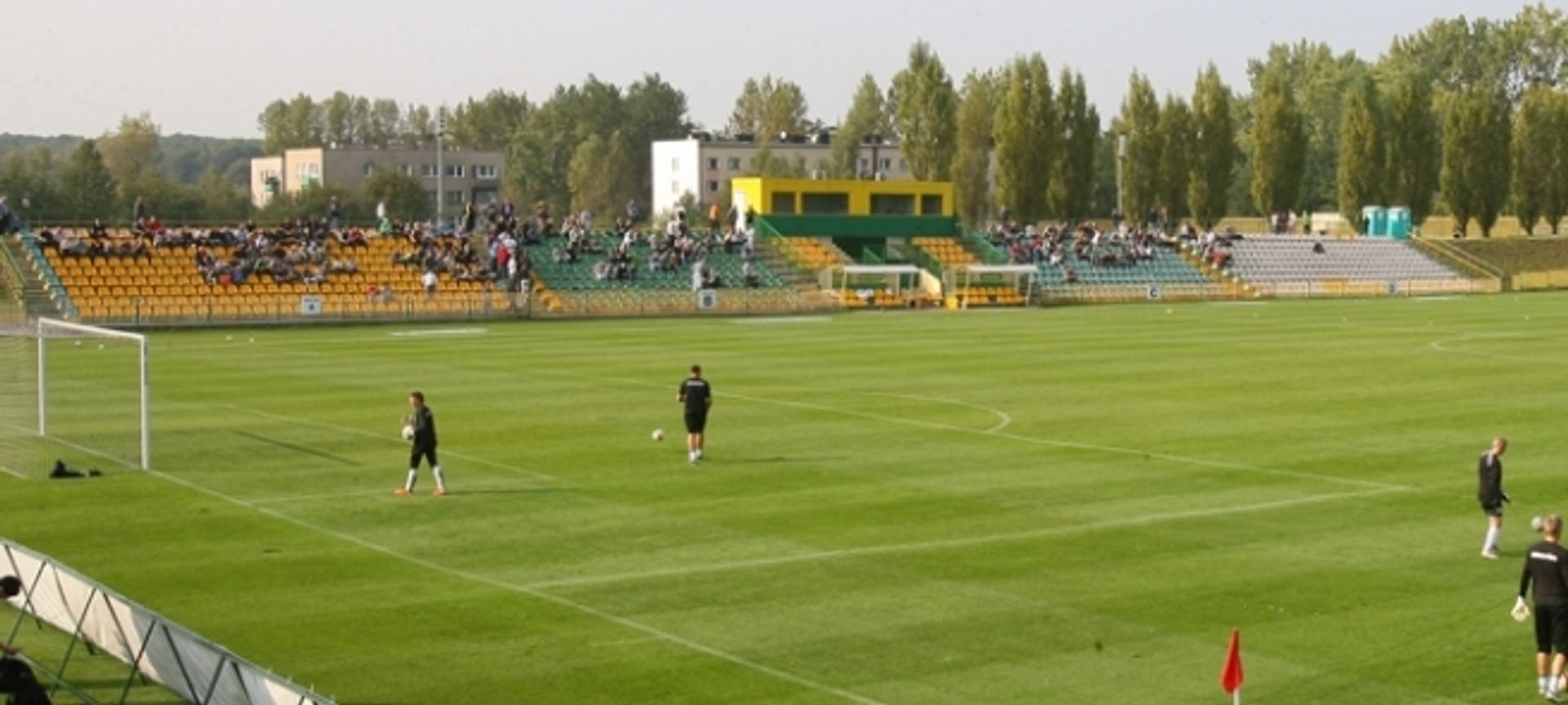Załęska Hałda-Brynów
7.01

Overview
Załęska Hałda-Brynów Zachód is a district of Katowice with a rich history dating back to its first mentions in the 18th century, when the area had an agricultural character, and then underwent significant industrialization in the 19th century, becoming a settlement for workers associated with the coal and zinc industries. The main mine, Ruch “Wujek,” established in 1899, played a key role in the development of the district and historical events such as the Third Silesian Uprising and the bloody pacifications in 1981, which led to the deaths of nine miners. The architecture of the district is a mix of traditional tenement houses from the early 20th century and industrial facilities, including “familoks” (workers' housing estates), which testify to its industrial heritage. Here, you can also find monuments such as the water tower from 1902 and a school building from the 19th century. The district also stands out for its green areas, mainly the remnant of the Załęski Forest, and a diverse cultural offering, in which the Silesian Center for Freedom and Solidarity plays a significant role, along with numerous library facilities. The local sports and recreational offerings include the KS Rozwój stadium and the “Rolna” swimming pool. One interesting fact is that Załęska Hałda was once an agricultural settlement, and just a few centuries later, it became the industrial heart of the region. Despite numerous challenges related to its industrial past, educational institutions and health clinics now support the residents, while public transport and technical infrastructure make life easier. Today, Załęska Hałda-Brynów Zachód is a complex microcosm where modernity intertwines with history, creating a unique local identity.
Location
Tickets
Powered by GetYourGuide
2025 Wizytor | All Rights Reserved



